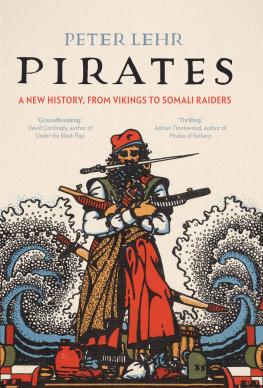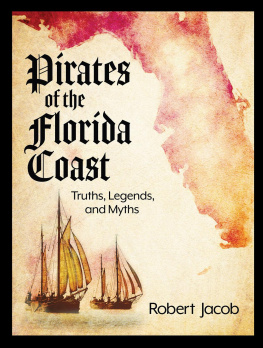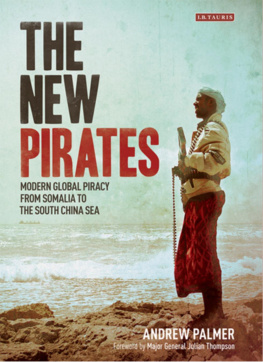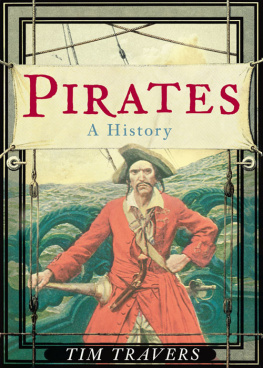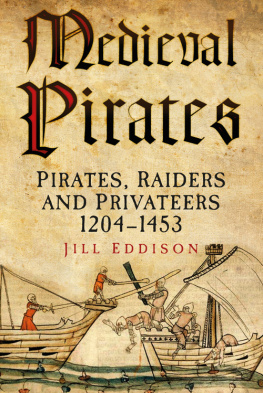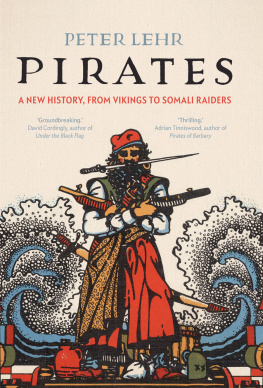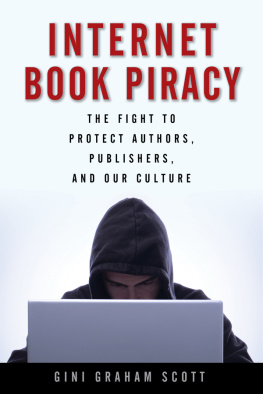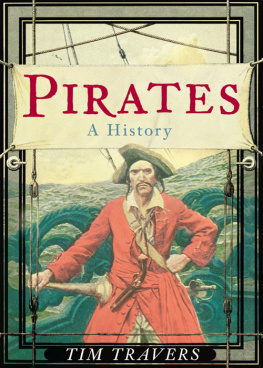Pirates

Copyright 2019 Peter Lehr
All rights reserved. This book may not be reproduced in whole or in part, in any form (beyond that copying permitted by Sections 107 and 108 of the U.S. Copyright Law and except by reviewers for the public press) without written permission from the publishers.
For information about this and other Yale University Press publications, please contact:
U.S. Office:
Europe Office:
Set in Fournier MT Regular by IDSUK (DataConnection) Ltd
Printed in Great Britain by Gomer Press Ltd, Llandysul, Ceredigion, Wales
Library of Congress Control Number: 2019934850
ISBN 978-0-300-18074-9
A catalogue record for this book is available from the British Library.
10 9 8 7 6 5 4 3 2 1
Contents
Maps and Illustrations
MAPS
ILLUSTRATIONS IN THE TEXT
PLATE SECTION
INTRODUCTION
The Sudden Return of Piracy

But this attack did not occur in the distant past it happened on 16 November 1998, and the target was the bulk carrier MV (motor vessel) Cheung Son.
The Cheung Son massacre and other similar events during the 1990s had one thing in common: despite their barbarity, they went largely unnoticed. If piracy came to the publics attention at all it was usually by way of fictionalised stories a novel such as Robert Louis Stevensons Treasure Island (1883), or a Hollywood film such as the Black Pirate (1926) with Douglas Fairbanks, Captain Blood (1935) with Errol Flynn, or, more recently, the amazingly successful Pirates of the Caribbean series (2003 ) with Johnny Depp. The pirates featured in these books and films were nothing but romantic stereotypes of dashing individuals, far removed from reality.brought themselves to international prominence with a brazen attack on a modern cruise liner.
The Seabourn Spirit was not one of those run-down vessels which tend to ply the waters around the Horn of Africa. It was a top-of-the-line luxury cruise ship, its crew of 164 catering to up to 208 well-off customers, and it had just been voted the best small ship in the annual Conde Nast Traveler Readers Poll. In November 2005, it was on a cruise from Alexandria in Egypt to Singapore. Its 200 passengers had already enjoyed the voyage through the Red Sea and into the Gulf of Aden via the Bab el-Mandeb. They were now looking forward to exploring Mombasa, their next port of call.
In the early hours of Saturday, 5 November, at 5:30 a.m. local time and about 100 nautical miles off Somalias Banaadir coast, most of those on board were still sound asleep. On the bridge, it was business as usual: monitoring the position of other ships on the radar screen, and keeping an eye on the small fishing vessels that would crisscross the ships bow with utter disregard for right-of-way. Suddenly, two small boats sped towards the cruise liner. The crew on the bridge were at first bemused, then alarmed: those aboard the boats were brandishing assault rifles and rocket-propelled grenade launchers (RPGs). It must have taken the bridge crew a couple of heart beats to realise that they were under attack by pirates; although there had been some incidents in the previous months, they had taken place much nearer to the shore, and only targeted smaller local vessels not a state-of-the-art western cruise ship. That pirates would attack such a vessel was completely unheard of.
Surprised or not, Captain Sven Erik Pedersen wasted no time in sounding the alarm and increasing the speed of the Seabourn Spirit. His plan was to outrun and outmanoeuvre the two tiny 7-metre fibreglass boats, and maybe even to ram and capsize one of them. The ships security team, alerted by the alarm, immediately jumped into action: Michael Groves, a former police officer, engaged the approaching and wildly firing pirates with a high-pressure hose in the hope of swamping their vessels, while the master-at-arms, the former Gurkha soldier Som Bahadur, manned the ships sonic gun, emitting an ear-piercing high-frequency sound that discouraged the attackers from coming too near. The combination of evasive manoeuvres, high-pressure hose and sonic gun turned out to be enough to shake off the pirates, who vanished into the early morning mist. Except for Som Bahadur, who suffered minor shrapnel injuries, no one else was hurt, even though one of the RPGs actually penetrated the ships hull, damaging a stateroom; another round had harmlessly bounced off the stern.
All in all, what might have turned into a prolonged hostage crisis ended in a lucky escape for the vessel itself, its crew and its passengers. Mainly for security reasons, the ship proceeded to Port Victoria straight away instead of calling at Mombasa as originally planned. From there, it sailed on to Singapore, arriving right on schedule, where the passengers disembarked with quite a story to tell.
In the following years, the international community would grow used to such brazen acts of Somali piracy. In November 2005, however, this incident was so out of the ordinary that many observers, including Anthony Downer, then Australian foreign minister, hesitated to call it piracy for them, it was more likely that the attack was intended as an act of maritime terrorism, perhaps carried out by al-Qaeda. How on earth could two teams of four pirates ever hope to hijack a modern 134-metre ship with several hundred people on board? Eight men would never have been able to keep all of them under control, they argued. Only gradually did the reality sink in that, yes, this had been a pirate attack, and that, no, hard-nosed Somali pirates armed with assault rifles and RPGs would not hesitate to try to kidnap dozens, or even hundreds, of easily intimidated and mostly unarmed passengers and crew members. From then on, the fictitious pirates of the Caribbean really had to do battle with the real-life pirates of Somalia in order to capture the headlines and the good ship Popular Imagination.container ship MV Maersk Alabama was turned into the 2013 blockbuster movie Captain Phillips, starring Tom Hanks.
In April 2009, the Maersk Alabama was carrying food aid destined for famine-blighted Somalia. Due to the dire security situation in most of Somalias own ports, it was heading for the Kenyan port of Mombasa which still meant the ship had to sail straight through the pirate-haunted waters around the Somali coastline. And, indeed, on 8 April, about 240 nautical miles off the coast of the semi-autonomous Somalian province of Puntland, a skiff with four armed men approached the slow-sailing vessel. Like the crew of the Seabourn Spirit, those on the Maersk Alabamas bridge took evasive measures in an attempt to outmanoeuvre the pirates and to prevent them from boarding. Although they managed to flood the pirates skiff, the Somalis made it aboard ship. The crew fell back on a second line of defence in the shape of a citadel (something like the panic rooms found in some upmarket apartments) to which they could withdraw and from which help could be summoned and the ship controlled. Once more, however, the Maersk Alabamas men were not in luck: although most of the all-American crew managed to reach this citadel in time, the vessels master, Captain Richard Phillips, and Assistant Technical Manager Zahid Reza were surprised by the pirates and taken hostage. Amazingly, Captain Phillipss crew also managed to take a hostage: no less than the leader of the pirate gang himself, whom Zahid Reza had been forced to show around the ship, and who was overwhelmed by Chief Engineer Perry outside the engine room. A dramatic stand-off then unfolded: on the one side the remaining three pirates with their hostage Captain Phillips, on the other the nineteen American crew members with the pirates leader as their captive. After some frantic negotiation, it was decided that both hostages would be exchanged, and that the pirates would be allowed to leave the ship on one of the
Next page
